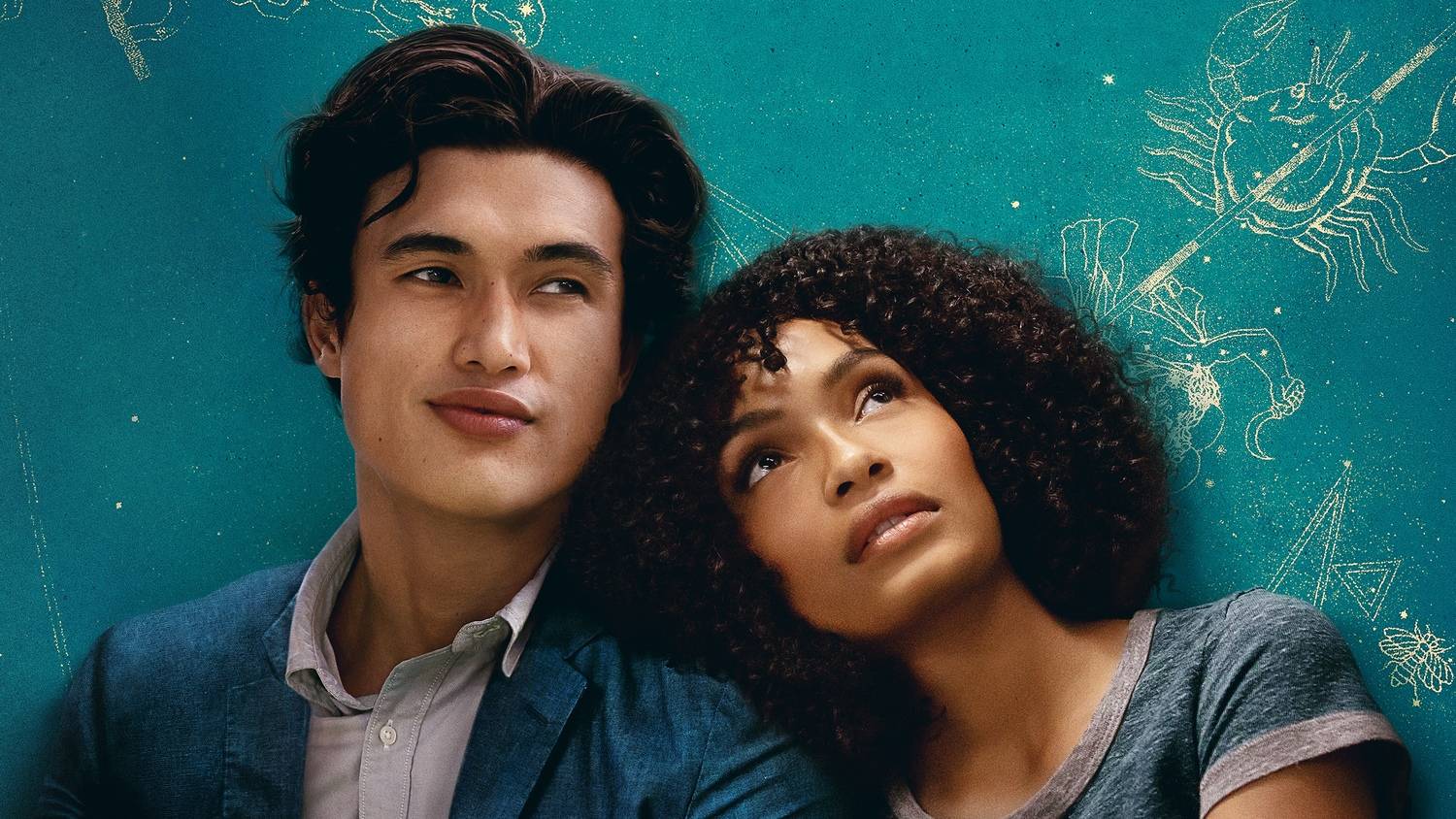After finally reading The Sun is also a Star, a #1 New York Times best-seller written by acclaimed author Nicola Yoon, I understood the hype surrounding it. This novel is the perfect hopeless romantic fairytale that also tackles topical issues like deportation and racial prejudice. It is told from many perspectives, from the bus driver to the immigration lawyer, but mostly stays between the two main characters. This already is a hard format to morph into a movie, but I was still hopeful and excited to watch.
It starts out similar to the book, with the audience being introduced to the people of importance. First we see illegal Jamaican immigrant Natasha Kingsley who, after being discovered by the government, is being deported back to Jamaica the following day. In a pitiful last attempt to stay, she sets up a meeting with an immigration lawyer in New York City, which is where she lives. Growing up aware of her imminent deportation, she has no belief in the unquantifiable also known as love. We also meet first-generation Korean immigrant Daniel Bae. He is on his way into the city to attend an alumni meeting for a prospective college, where he is to study and become a doctor. He, however, has his true passion tucked away in a poetry journal he keeps in his jacket pocket. This is the overall story of how these two opposite personalities fall in love, only to be taken from each other the next day.
Now comes the first major change in the film adaptation. In the book, they meet while busting Natasha’s ex-boyfriend while he is stealing a record. As they go to leave, Natasha says goodbye but Daniel, infatuated with her, claims they will meet again. Then, outside the store, Daniel saves Natasha’s life by pushing her out of the way of an upcoming car. This is the first clue that the universe truly wants them to be together, as well as a cute first meeting. In the movie, however, the record scene is skipped altogether and their first interaction is when Daniel saves her from traffic, which seems a little weird that they would start hanging out afterwards considering they have never talked before.
The next most important adaptation in the movie is the overall timeline. In the book, Natasha is set to be deported that day, but in the movie, she meets Daniel a day earlier. This means that the movie has a lot, maybe even too many, montages of them falling in love, including a sleepover in a park, which does not occur in the book. The movie focuses more on the falling in love part than on the various secrets and prejudice in the story.
Lastly, the ending in the book is a real cliff-hanger that causes readers to troll online forums trying to find answers to their questions. In the film, the basic resolution stays the same, but it is a lot more complete than in the book. This does make the viewer more satisfied, but there are also not as many questions that cause reflection on the entire plot.
Overall, I rate this movie a 4/10 stars, while I would rate the book a 9/10. Since Natasha and Daniel have such different outlooks on life, it is important that the chemistry between them is prevalent so as not to make the interactions awkward. Personally, I believe the book hit this on the nose, while the movie made me cringe during some of the scenes where they are on dates or walking around together. I also think that the movie score is a little awkward in some places where the background music doesn’t quite fit the mood. Overall, it is a worthwhile movie to watch if you’re a diehard fan of the book, but otherwise I wouldn’t recommend it.

